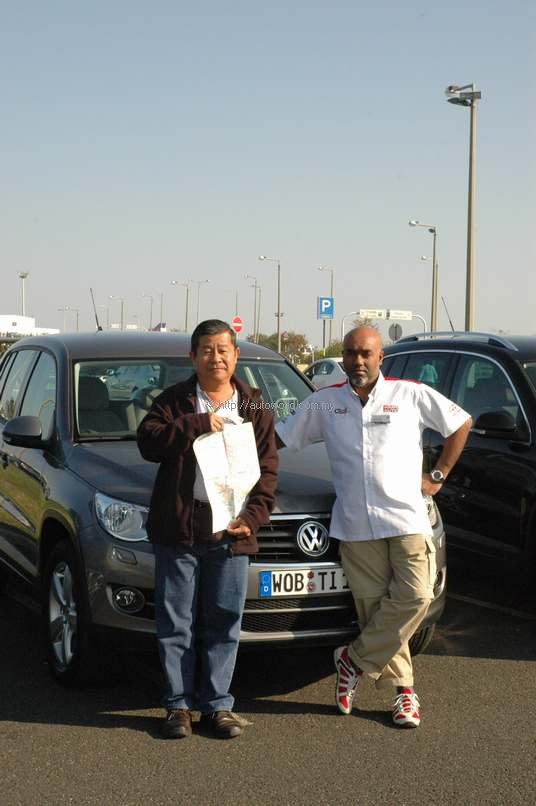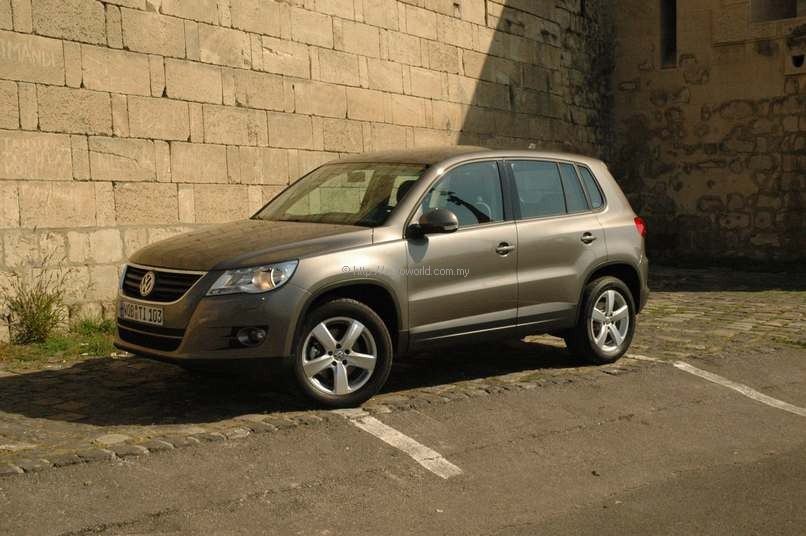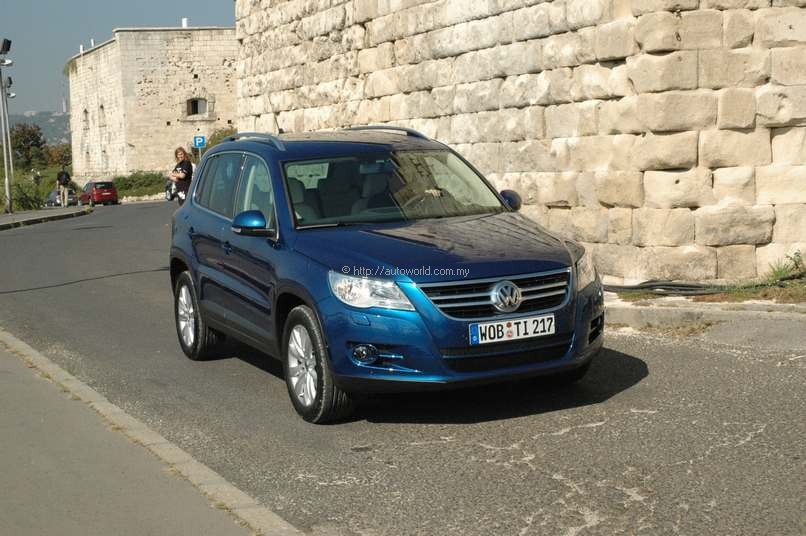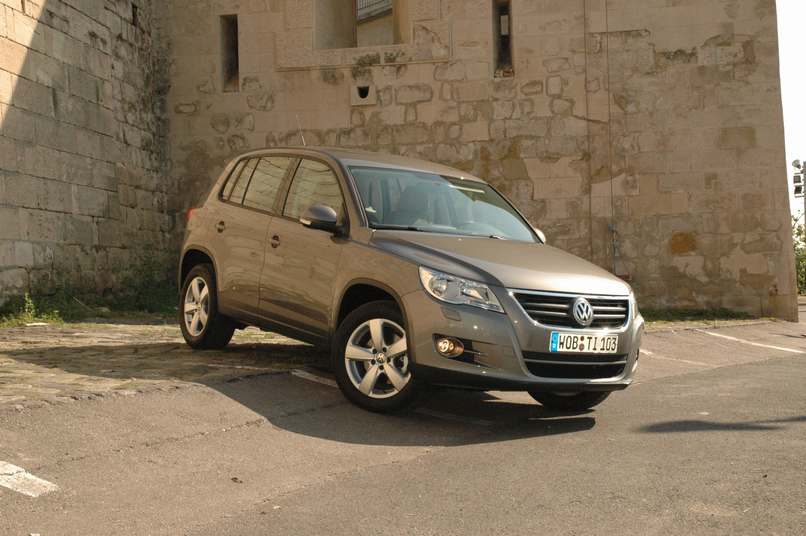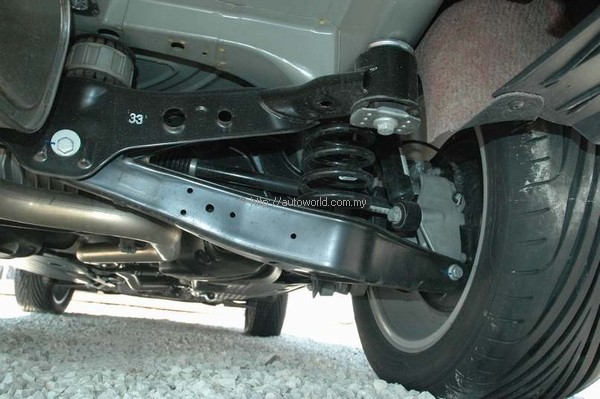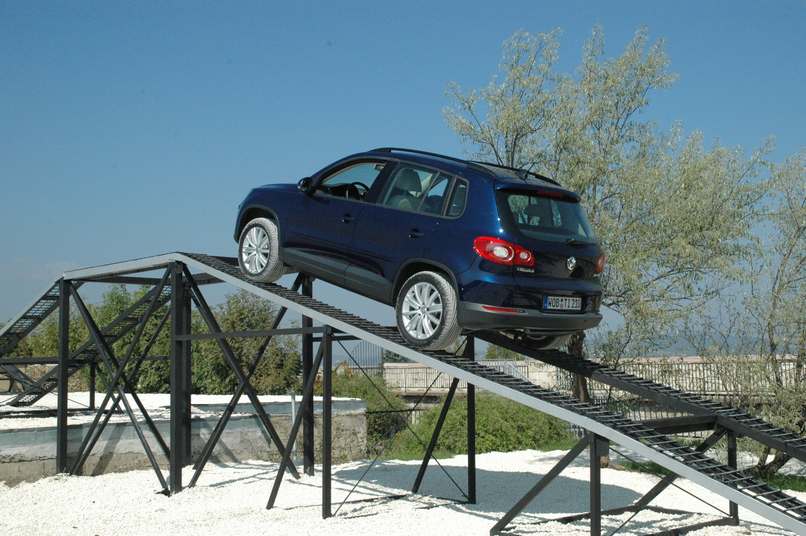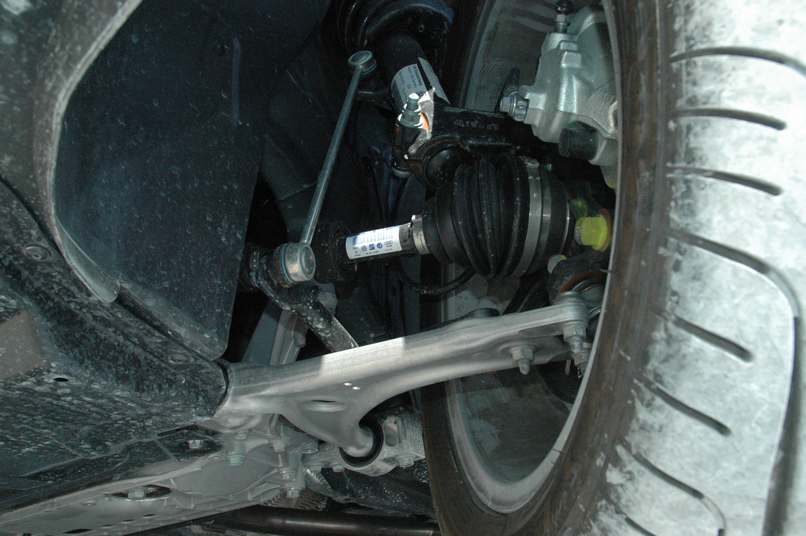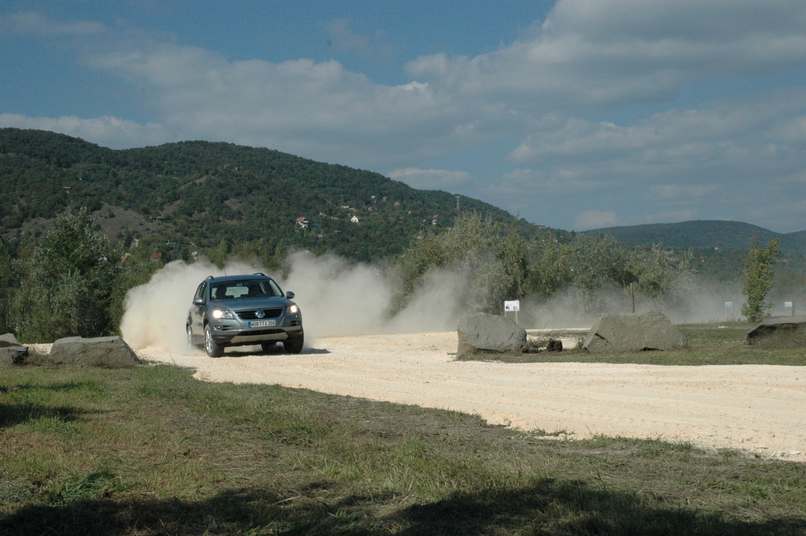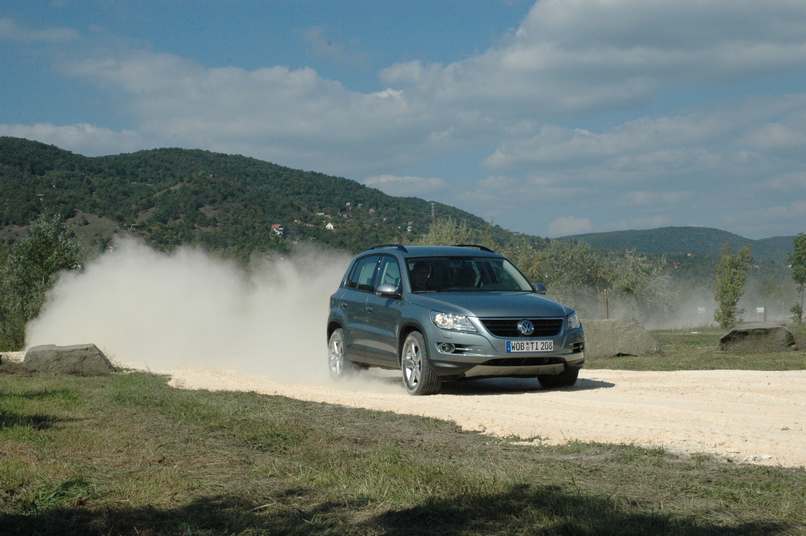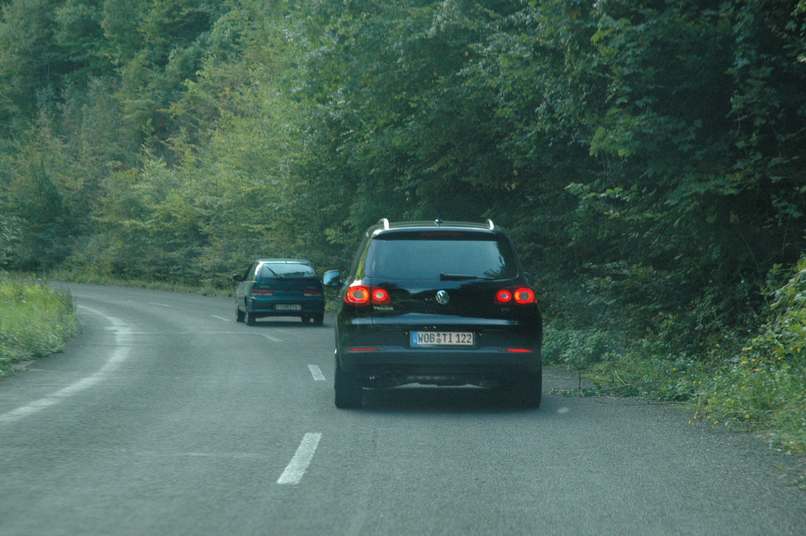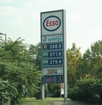Volkswagen Tiguan Test Drive
Volkswagen wants to expand its reach in the SUV market, and has introduced a medium-sized SUV that might be might be described as a ‘baby’ Touareg. That was my impression when I caught my first glimpse of it in Budapest, where the international media launch of the new Volkswagen Tiguan was held. Fitted with some great accessories, it will have a fighting chance in Malaysia, (yes, it is coming sometime next year), but a lot will depend on whether it can be sold at a competitive price or not.
The Tiguan is aimed at the likes of the Honda CRV, the Toyota Rav4, and also takes a swipe at the BMW X3. Dimensionally, it is slightly smaller than the CRV in terms of length, (4430mm versus 4640mm), a little wider, at 1810mm versus 1790 for the CRV, and is less tall, at 1670mm versus 1720mm.
The Tiguan has a 150 horsepower engine that comes with 240Nm of torque. It can accelerate from zero to 100 km/hr in 9.3 seconds, and has a top speed of 192 km/hr. It also has a claimed fuel consumption of 8.4 litres per 100 kilometres. The surprise factor is that all of the above comes from a 1.4 litre TSI petrol engine, newly introduced by the Volkswagen Group. We will be seeing more and more of this series of engine in other models.
The TSI engine is a wonder of modern innovation, not entirely new, because the notion was first used in a Japanese brand way back in the early 1980’s. It is the advancements made in automotive electronics that make it possible to achieve what was once thought almost impossible. The TSI system is able to extract usable power from such a small capacity engine because it uses a combination of a supercharger and a turbocharger to force induction into the engine. Turbochargers, being driven by the exhaust pressure of the engine, are good at higher engine revolutions because they need a certain minimum exhaust pressure in order to work efficiently; the higher the exhaust pressure, the more efficient they become. Thus, at low engine speeds, turbos cannot generate enough power to boost the car, and this in turn means that engine makers must maintain a minimum engine capacity to start the vehicle off at low engine speeds. Superchargers, on the other hand, are belt driven compressors, and can come into effect almost immediately. However, they lose effectiveness after a certain point in the engine revolutions, being restricted by the drag imposed by the compressor. A combination using a supercharger at lower engine speeds to boost engine power, and later having the job taken over by a turbo seems to be a brilliant solution, at least for the moment. Electronics come in to disable the supercharger, and enable the turbocharger, including the switching of the airflow from supercharger to turbocharger systems and vice versa, seamlessly. All this is done automatically without any input from the driver. As far as the car user is concerned, one gets more power from a relatively smaller capacity engine, which translates into cheaper road tax payments, and savings in fuel consumption when idling, cruising, or coasting. The way fuel prices are going up, the TSI is a good bet.
Coupled to this innovative engine is a choice of a six-speed automatic or manual gearbox, with well-spaced out gear ratios for smooth take-offs, gear changes without large ‘gaps’, and tall enough ratios to give high cruising speeds, and save on fuel at the same time.
With the technicalities out of the way, let us talk about our road test of the Volkswagen Tiguan. It has a very car-like nature in terms of driving dynamics. You tend to forget that it is a SUV, until it is time for you to climb a kerb or something, like we did on a certain stretch where we were blocked by some inconsiderate motorist on the streets of Budapest, Hungary, where the test drive was held, courtesy of the Volkswagen Group Malaysia and Volkswagen AG.
The six-speed that we had was a manual gearbox, and based on what I know of the automatic, there will be a slight drop in terms of responsiveness to throttle, but the gear changes will be seamless and smooth, because what we are going to get in Malaysia will be the automatic version, but on request, a manual transmission can be arranged if you don’t mind waiting. The test route covered both highway and country road driving, and I had a most enjoyable drive, especially on the twisty roads on the outskirts of Budapest.
The 4-wheel independent suspension is tuned to the comfortable side of firm, giving the Tiguan a supple and comfortable ride on highways, yet firm and reassuring handling through the corners. Permanent four-wheel drive is a great contributing factor, and if you over-cook it, ESP helps to keep you out of trouble. Electric power steering, coupled to a handy-sized steering wheel, and a high steering gear ratio makes the Tiguan a fun vehicle to drive. We also had a short stint on a dirt section, where we tested the hill descent control, which is helpful when negotiating steep downhill slopes. What is even more useful, especially for the not-so-confident drivers would be the ‘hill hold’ feature; this feature ‘holds’ the Tiguan on any up-slope, preventing it from rolling backwards.
The interior is well appointed, with plenty of legroom and headroom. You sit high up, and have a commanding view of your surroundings. Noise insulation is excellent, and you can carry out an intelligent conversation without having to raise your voice. For parking, there is an optional ‘park assist’, a brilliant system that actually turns your steering wheel for you and parks your car without any steering input from you. For this alone, it is worth a trip to the Volkswagen showroom when the Tiguan arrives.
Nowhere along the drive did we feel that this vehicle was in any way underpowered; in fact we totally forgot that it was only a 1.4 litre engine, but when we remembered, we were very impressed with this little engine that could!
Overall, my opinion is that the Tiguan would be a great SUV to have here in Malaysia. The first units will be here sometime in the later half of 2008, and here is hoping the price will be affordable.





